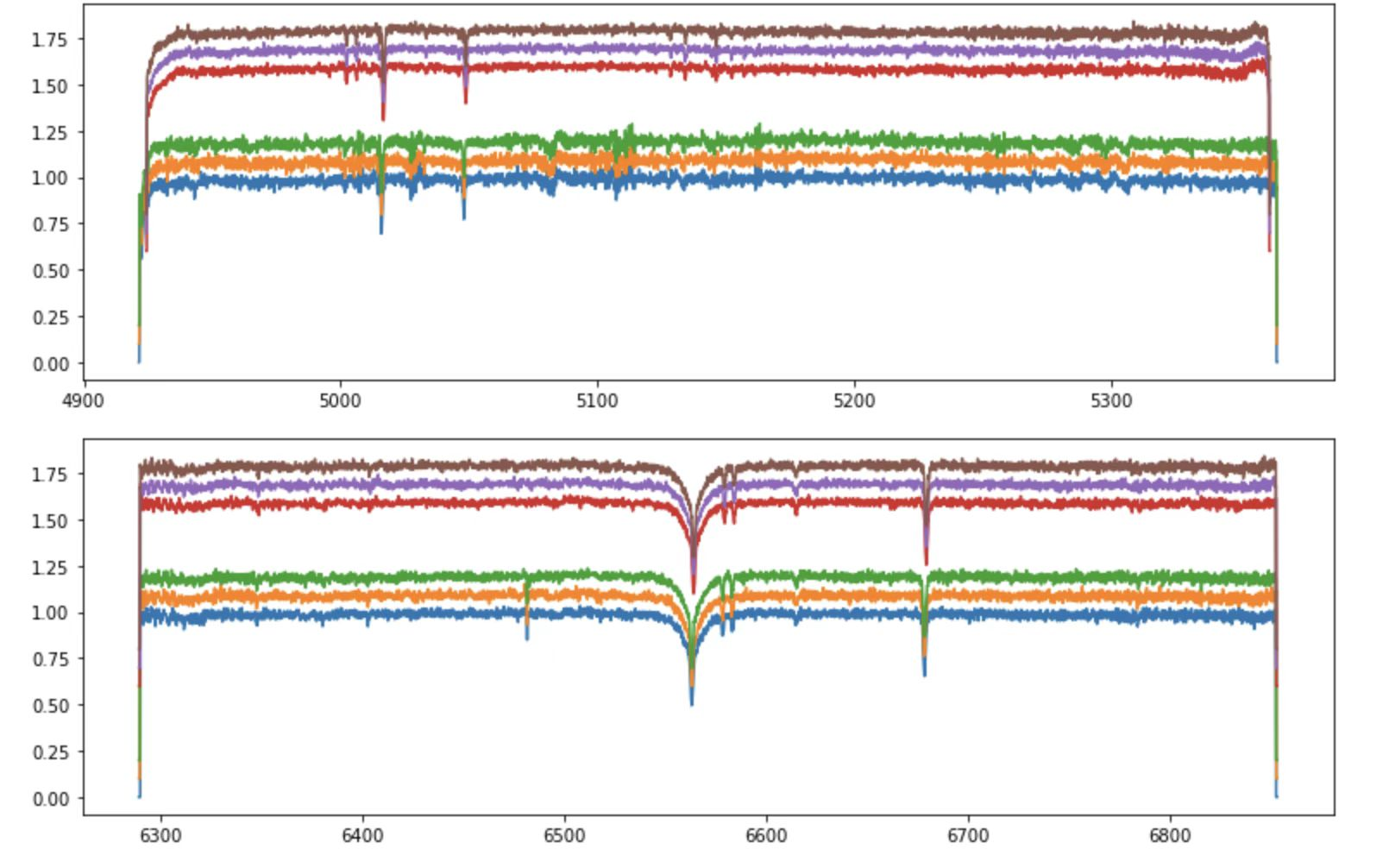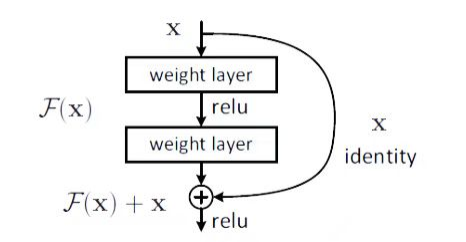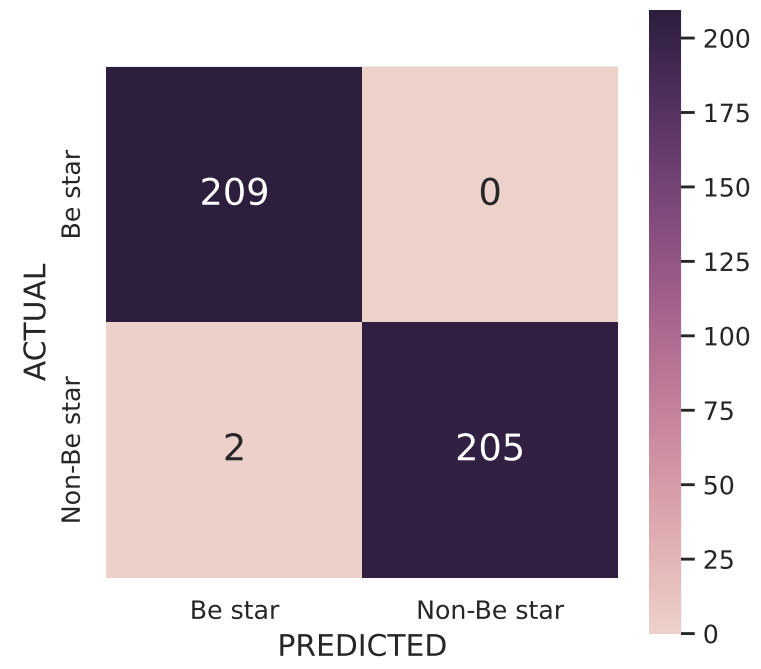Group leader: 22070825 Hu Qinyang
Team members: 22070820 Zhang Zengrong 22070812 Wu Haiming 22070826 Luo Yu
1.Introduction
Be star is a rapidly rotating type B non supergiant with Balmer emission lines in its spectrum, which come from the disk-shaped gas around the equator of the star. Be star is characterized by extremely high rotation speed (about 70% -80% of the critical speed). Its rapid rotation causes the equatorial region material to separate from the stellar surface, resulting in significant infrared excess radiation. The spectral characteristics of Be stars are usually characterized by typical Balmer emission (especially h α), and the emission is often bimodal. At the same time, Be stars from the edge perspective may show the characteristics of shell lines. Classic Be stars are a kind of Be stars, which also include Herbig ae/Be stars, ALGOL type systems, and other atypical B-type stars.
The study of Be star began at the beginning of the 20th century, and the early research mainly focused on its spectral characteristics and dimming phenomenon. With the development of observation technology, scientists have gradually realized the relationship between Be star and its surrounding disk, and put forward the theory that the disk of Be star is formed by the material of the star itself. Over time, the study of Be stars has gradually expanded to many aspects, such as the rotation of stars, the magnetic field and their evolution process. Modern Be star research combines the interdisciplinary analysis of spectroscopy, astrometry, kinematics and other disciplines, and deeply discusses the formation mechanism, disk formation process and its role in interstellar media of Be star.
LAMOST (China large-scale astronomical spectral survey project) is an important astronomical observation project. Its main goal is to provide high-quality stellar data through spectral observation of a large number of stars. LAMOST provides a wealth of stellar spectral data, especially in the large range of low resolution and high resolution spectra, which plays a vital role in the study of Be stars. LAMOST Mrs (multi-target spectral survey) data provide valuable resources for the identification and research of Be stars.
In recent years, with the rapid development of science and technology, especially the application of machine learning in astronomy, the research of Be star has entered a new stage. Through the neural network model, researchers can automatically recognize the spectral characteristics of Be stars from massive spectral data, which greatly improves the recognition efficiency and accuracy. Using LAMOST database and deep convolutional neural network (such as RESNET), scientists have successfully identified a large number of Be star candidates, and revealed their spectral characteristics and kinematic properties. With the continuous updating of new spectral data and the continuous optimization of deep learning algorithm, the study of Be stars will continue to expand and reveal more unknown secrets about these special stars.
2.Data selection and preprocessing
Data sources
The data of this study are from LAMOST Mrs dr7 database, which contains 2260387 spectral data of 789918 stars. These data cover a wide range of star types and provide rich samples for the identification of Be stars. We first use the estimated effective temperature (teff) given in the LAMOST stellar parameter pipeline data to eliminate late type A to late type F stars with temperatures between 6500k and 8000 K from the Mrs samples. Thus, 2260387 spectral working samples were reduced to 286501.
Pretreatment steps
By using Origin software, spectral samples can be preprocessed in detail, such as flattening and normalizing spectral images, so as to further help data analysis and visualization.

Figure 1 image after flattening the spectrum
Data cleaning
• ensure data integrity by processing missing values and filling missing data with mean, median or mode. At the same time, duplicate spectral records are deleted to avoid redundancy.
Data normalization
• the min max normalization method is used to normalize the spectral data to between 0 and 1, thus eliminating the dimensional differences between different features. At the same time, Z-score standardization is carried out to make the spectral data conform to the standard distribution with the mean value of 0 and the standard deviation of 1, which helps to improve the performance of the data.
Characteristic Engineering
• features closely related to Be star recognition are selected based on statistical methods and machine learning algorithms, and new features are also created,
For example, the equivalent width (EW) of the H α emission line and the EW of the Mg IB triple line are used to enhance the recognition ability of the model.
Data dimensionality reduction
• principal component analysis (PCA) is used to reduce the dimension of data, while preserving the main variance information as much as possible, reducing redundant features and improving the computational efficiency of the model.
3.Processing with RESNET
Model construction and training
Model architecture
We adopt a resnet-18 model, which includes multiple convolution layers, pooling layers and full connection layers. After each convolution layer, batch normalization layer and relu activation function are added to accelerate the training process and introduce nonlinear mapping to enhance the learning ability of the model. The residual learning framework is adopted to simplify the optimization process and avoid the gradient disappearance problem by learning the residual function f (x)=H (x) - x instead of learning the objective function H (x). In each convolution block, a shortcut connection is used to add the input directly to the output, reducing the amount of calculation of parameters.

Figure 2 residual function
Training sample
1042 Be starlight spectra and 1042 non Be starlight spectra were selected from the data set as the training set. These spectra pass visual inspection
Check to ensure that various forms of H α emission characteristics are included.
Data enhancement
Expand the diversity of training samples by rotating, scaling, flipping, etc., and enhance the recognition of different h α emission patterns by the model
Ability. Specific data enhancement technologies include:
• rotation: randomly rotate the image from -10 ° to+10 °.
• zoom: zoom the image to 1.0 to 1.5 times.
• perspective transformation: perform perspective transformation on the image.
• flip: flips the image along the vertical axis.
Training process
The cross entropy loss function and Adam optimizer are used for training. The initial learning rate is set to 0.001 and the dynamic learning rate is adopted.
Scheduler. In the training process, the classification accuracy of the model on the validation set is 99.5%, showing superior performance.
Model validation.
In order to verify the performance of the model, we used a new set of Be star samples for testing (these samples did not participate in the previous model.
Type training or verification). Finally, 1162 be samples were identified. The results show that our model correctly identifies the
1134 Be stars, with a recognition rate of 99.5%. This shows that the model shows high reliability in Be star recognition.

Figure 3 RESNET performance representation applied to the Hα characteristic spectrum in the validation set
4.Result analysis
Preliminary screening results
The RESNET model preliminarily screened 1162 Be star candidate samples. These candidate samples were further confirmed by visual inspection
H α emission characteristics. The specific categories are as follows:
• 822 Be stars showing the H α emission line.
• 113 Be stars showing absorption shell line characteristics.
• 199 Be stars showing shell line features.
Literature comparison
Cross validation was conducted between the preliminarily selected Be star candidate samples and 151 classic Be stars recorded in the existing literature to ensure that the new
Reliability of discovery. Through literature comparison, 151 known Be stars were confirmed, which further narrowed the range of candidate samples for new Be stars.
Spectrum type collection
Collect candidates by cross matching with the spectral classification catalog of skiff (2014) and kharchenko&Roeser (2009)
Spectral type of Be star. For stars not found in these directories, Simbad (Wenger et al. 2000) is used to supplement them
Search. Finally, 222 candidate Be stars were screened by spectral type.
Infrared color - color map filtering
In order to distinguish between candidate Be stars and Herbig AE/Be stars, we used the infrared color color map screening method. Through and
Allwise database was cross matched to obtain the photometric measurements of the candidate Be stars in the j, h, K and W1 bands, and then
Extinction correction. According to the standard of Hou et al. (2016), the position of Be star in the (H-K, k-w1) color color diagram should meet
H − K<0.2 and K − W1<0.5. Finally, 183 new classic Be stars were confirmed by this screening method.
kinematic analysis
Combined with Gaia edr3 data, the kinematic characteristics of 183 classic Be stars were studied. By measuring them
To identify the members of open clusters and runaway stars. Finally, 41 Be stars were identified as known open clusters
16 Be stars were identified as new runaway stars.
SpecZoo
By using the SpecZoo, the obtained spectral data can be injected into it. On the spectrum recognition platform, we can intuitively observe the spectrum of Be star
At the same time, the star data of Be star on the platform can be further increased.
5.Conclusion
Based on the LAMOST Mrs dr7 dataset, this study reproduces and optimizes the deep convolutional neural network for classical Be star recognition
(RESNET) model. Through the design, training and verification of the model, we successfully reproduce the core of the high-precision Be star classification modelYes, the classification accuracy has reached 99.5%. It is further verified that RESNET model can process large-scale spectral data and accurately identify Be stars
Advantages.
By exploring the key methods of classical Be star recognition model, we verified the robustness of RESNET architecture in processing spectral dataPerformance and reliability. At the same time, this study refined and adjusted the data preprocessing, feature engineering and other links, so as to improve the similar model for the futureType provides the basis. At the same time, combined with LAMOST Mrs dr7 data set, the replication process further shows the deep learning methodIt can quickly screen target celestial bodies from large-scale astronomical data and provide efficient data processing means for astronomical research.By analyzing the results of the research model, it is further confirmed that the spectral characteristics of Be star (such as HFF emission line) and its rapid rotationCorrelation between characteristics and distribution of discoid gas. This provides an observational basis for the subsequent study of the formation and evolution mechanism of Be stars. At the same time, inquiry workersThe success shows that the framework of the model is not only suitable for Be star recognition, but also can be extended to other celestial body classification tasksThe future research on celestial bodies based on machine learning will provide a wide range of application possibilities.In the future, based on the results of this study, we plan to further optimize the model and explore more detailed celestial body classification schemes (such as four categoriesCombined with other sky survey data (such as Gaia and allwise), a more comprehensive multi band joint analysis is carried out. This will be understood asThe physical properties and evolution process of stars provide deeper support, and then promote the theoretical research and practical application in the field of astronomy.
References
[1] Wang, Luqian, et al. ”Identification of New Classical Be stars from the LAMOST Medium
Resolution Survey.” The Astrophysical Journal Supplement Series 260.2 (2022): 35.
[2] Rocha, Kyle Akira, et al. ”To Be or not to Be: the role of rotation in modeling Galactic Be
X-ray Binaries.” arXiv preprint arXiv:2403.07172 (2024).
[3] Lin, Chien-Cheng, et al. ”Searching for classical Be stars in LAMOST DR1.” Research in
Astronomy and Astrophysics 15.8 (2015): 1325.
[4] Zhongrui, B. A. I. ”LAMOST 2D pipeline.” Proceedings of the International Astronomical
Union 8.S295 (2012): 189-190.